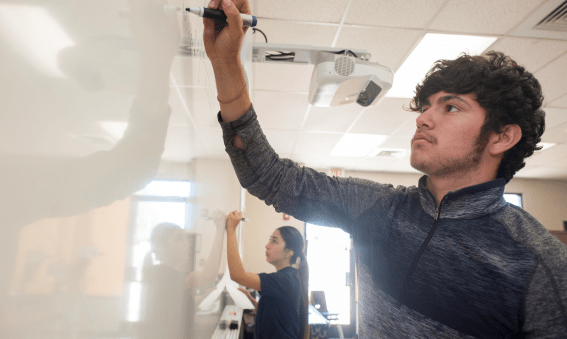Over the past several decades politicians, parents and schools have significantly increased their expectations of public schools. Teachers and leaders are responsible for higher academic outcomes, while at the same time expected to support the social and emotional development of students.
Despite these increased expectations for greater outcomes and services, some still argue the need for expanded learning time. It’s true that the research is mixed on this issue, in part because it’s not always about how much you have but how well you use it.
In Arizona, a full time student is defined in statute in terms of minimum instruction hours based on a 180-day school year (not counting recess, lunch, transition times between classes, etc.). To be clear, these instructional hours weren’t created to ensure that teachers had ample time to teach all of the standards expected of them or for students to have time to learn them. These hours were created to determine school funding and budgets.
In our most critical years, grades 1-3, students only spend 8 percent of their day receiving instruction in the following content areas: developmental reading, language arts, math, social studies, science, PE, art, music and health. This year, the pressure increased as Arizona implemented Move on When Reading, which requires schools to retain third-grade students that aren’t reading at grade level.
The table above presents the estimated time students spend in the classroom.* These instructional hours don’t reflect the increased rigor of Arizona’s College and Career Ready Standards or any of the other recent education reforms impacting schools.
Maybe it’s time that we ask ourselves some hard questions like: How much time does it take all students to learn what we’re asking of them? Do teachers have enough time to teach all of their students well? How much time does it take to accomplish our goals?
We suspect that the answers to those questions would increase instruction, costing far more money than what Arizona is paying now.
Where did the data come from?
The table above presents the number of instructional hours expected by grade range, the total hours per year (taking 365 days and multiply by 24 hours/day) and the percentage of a students’ life they spent receiving instruction (instructional hours divided by total hours).



